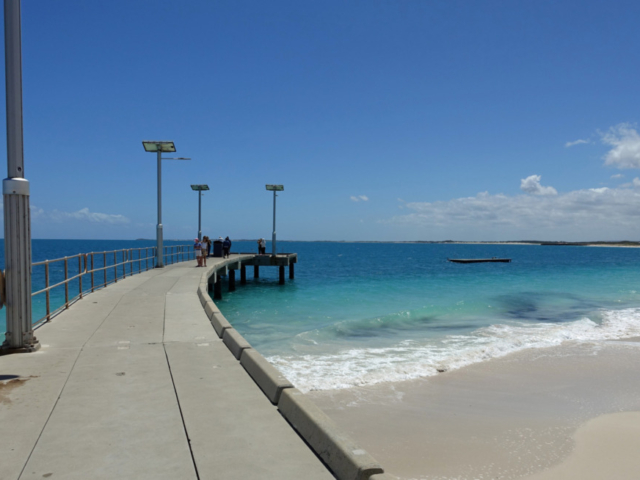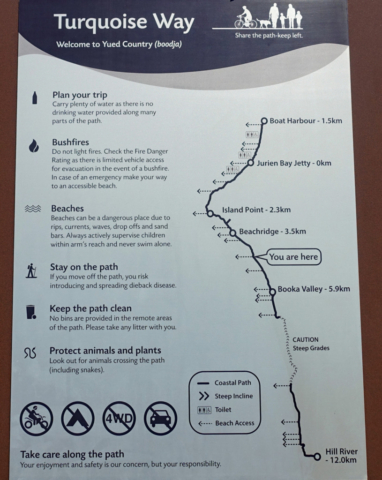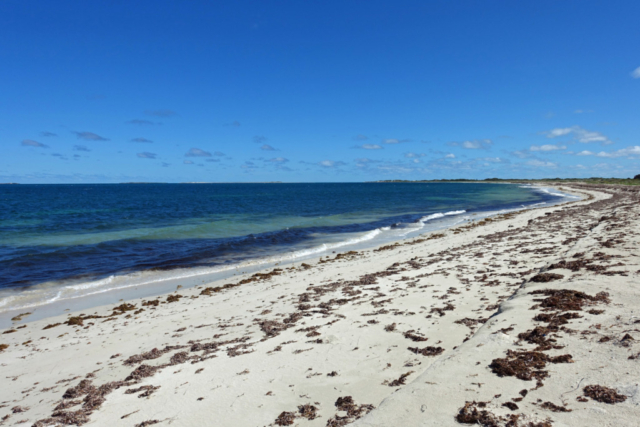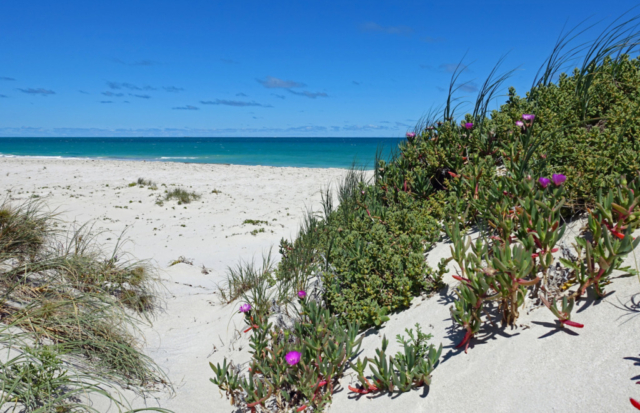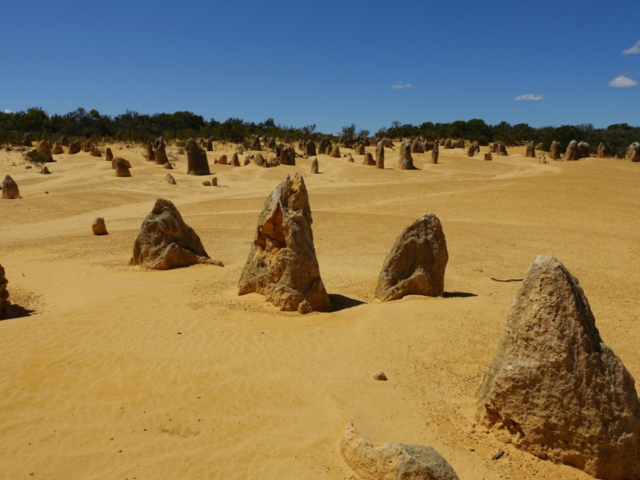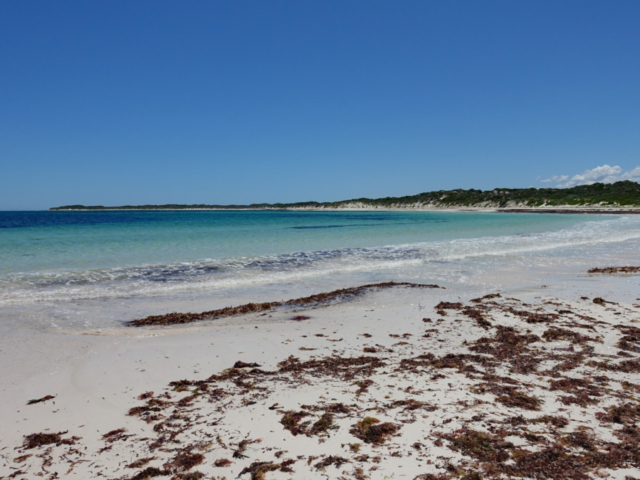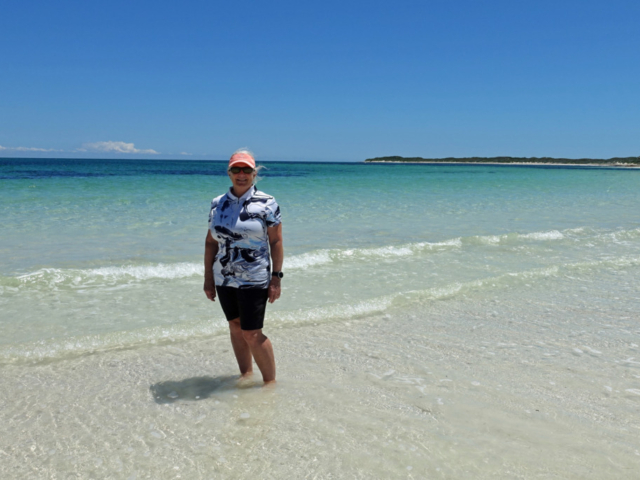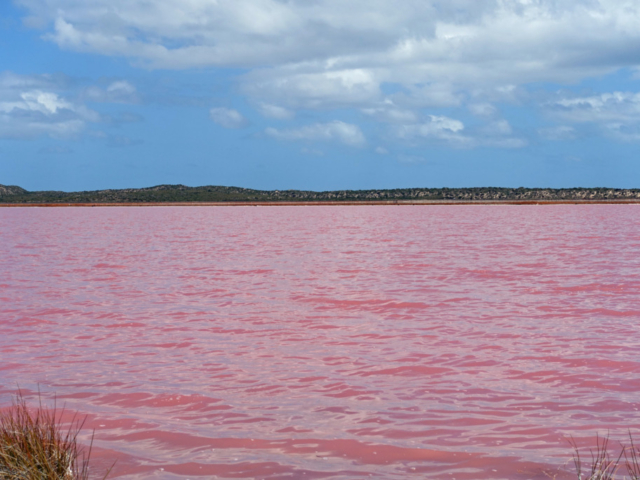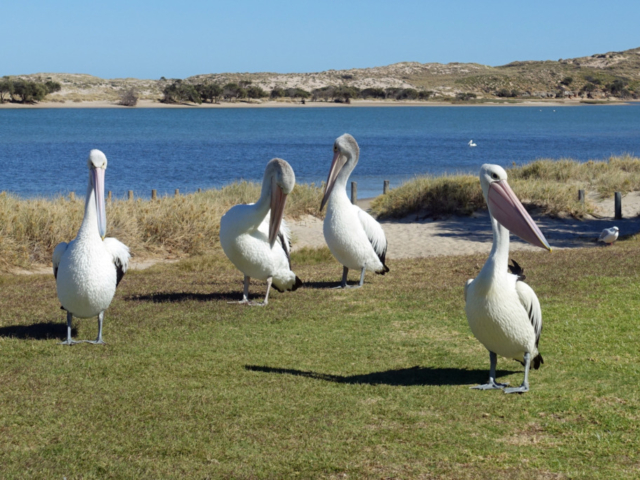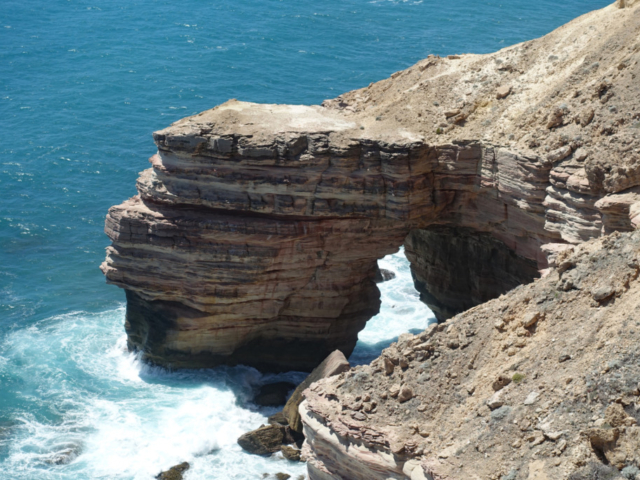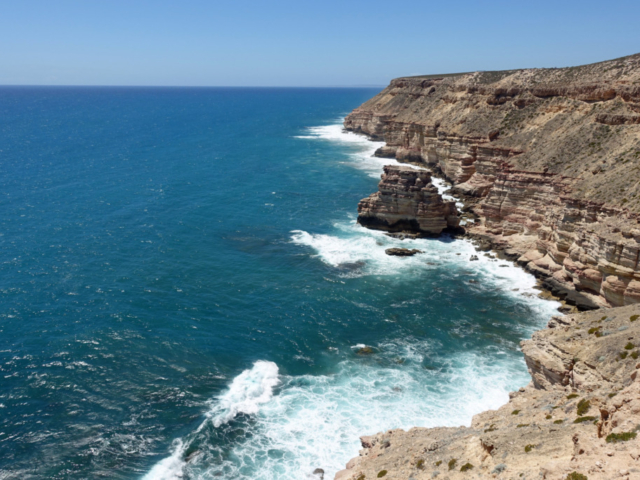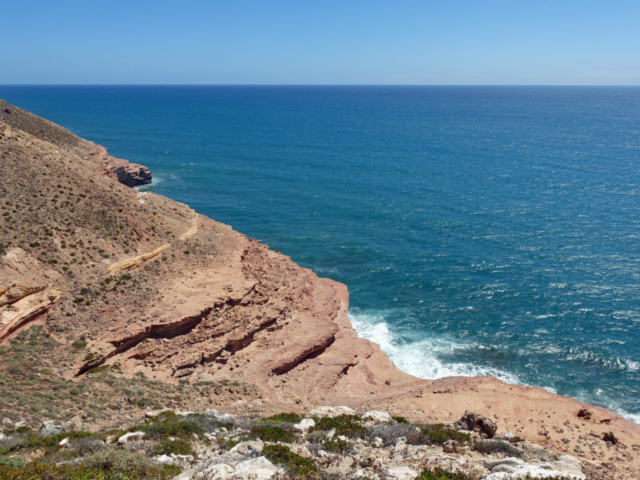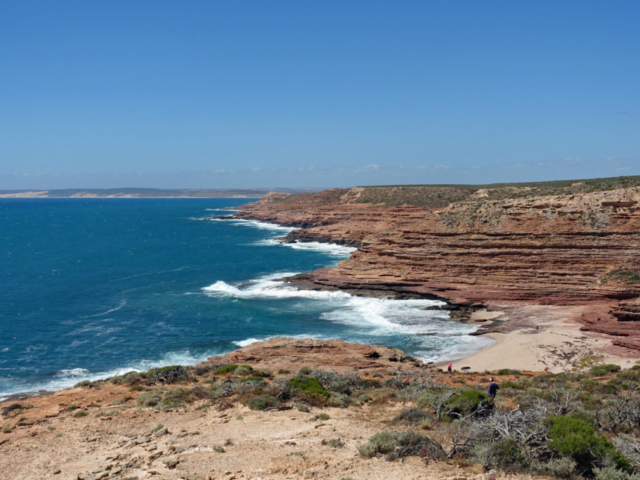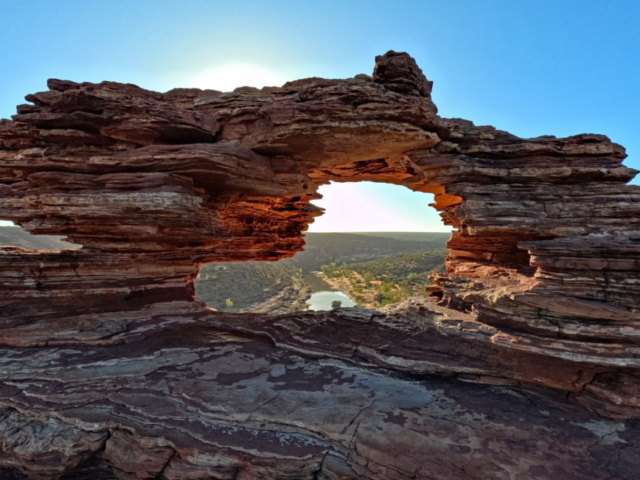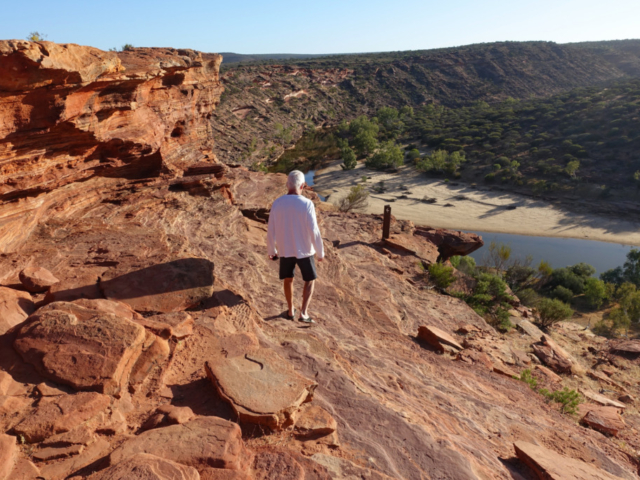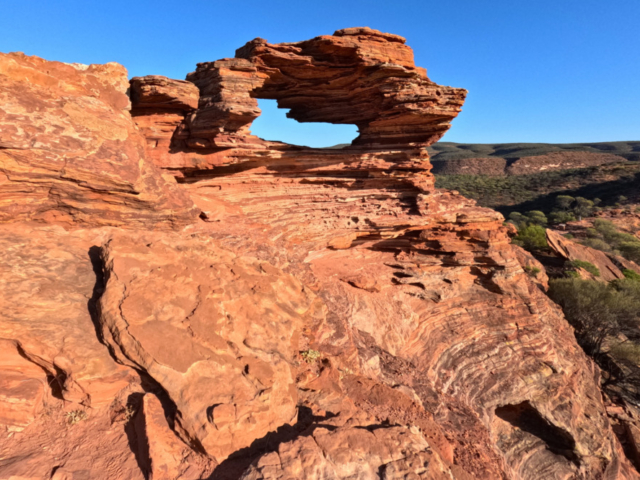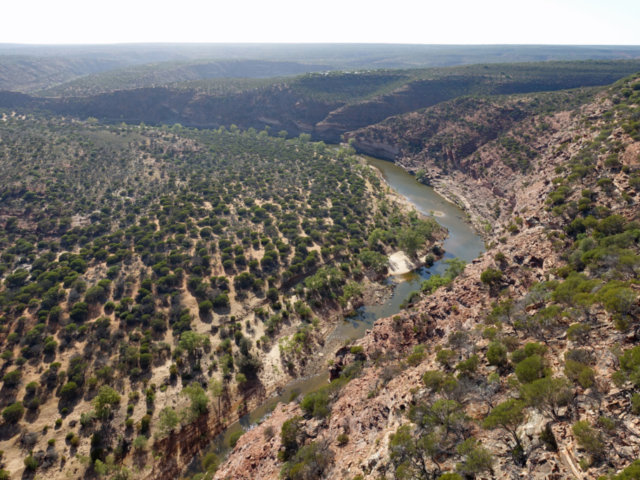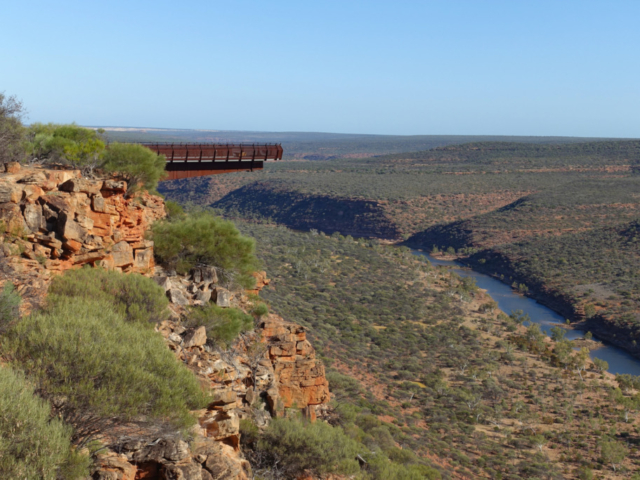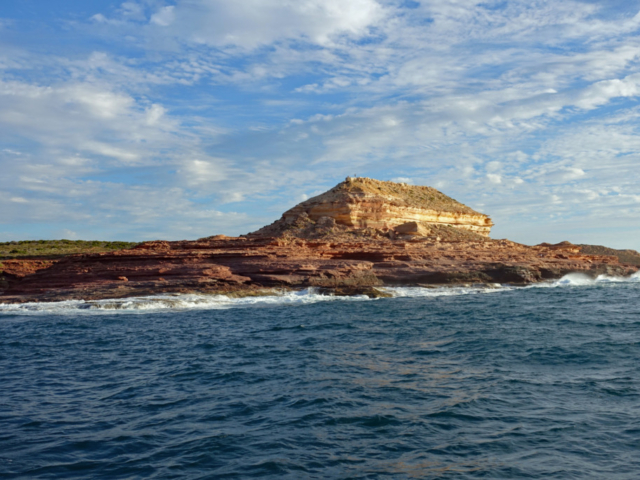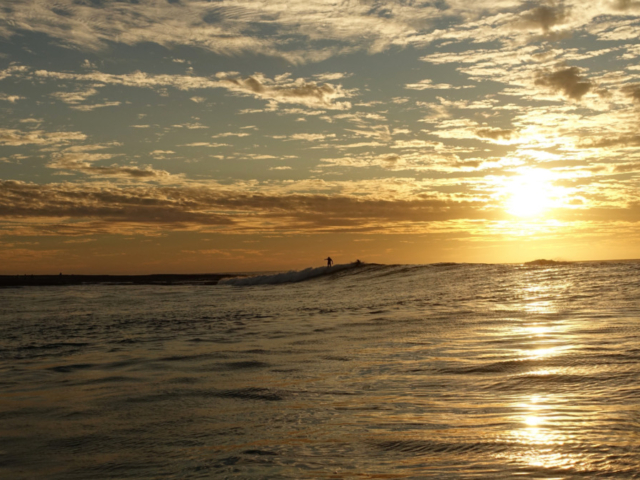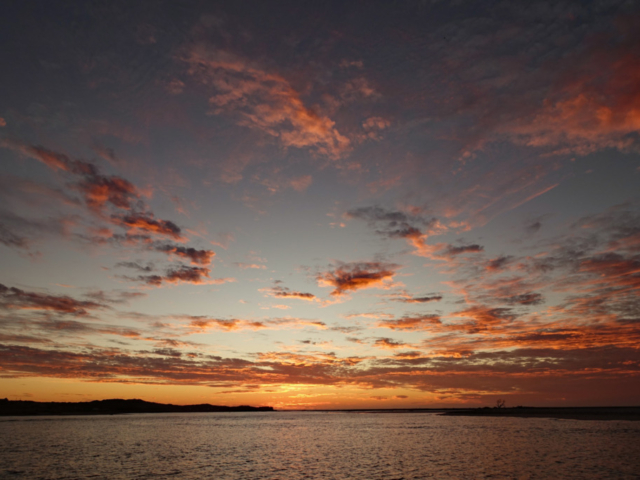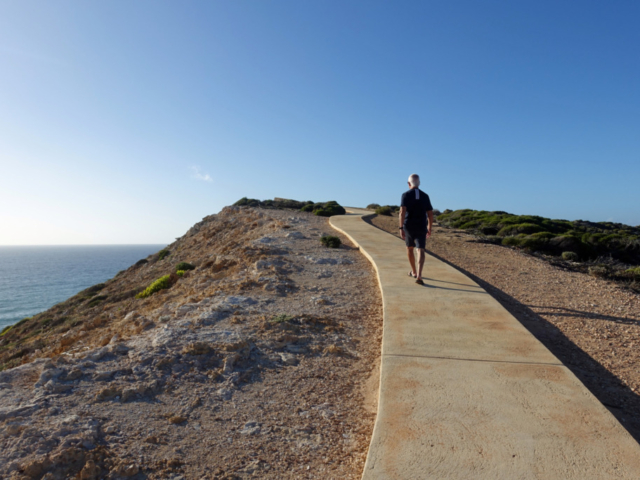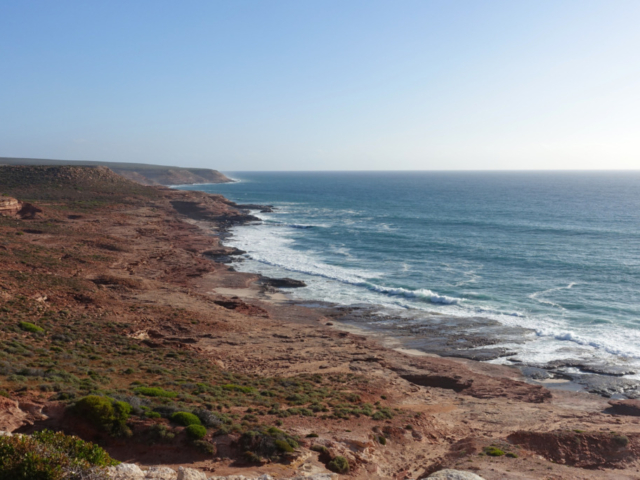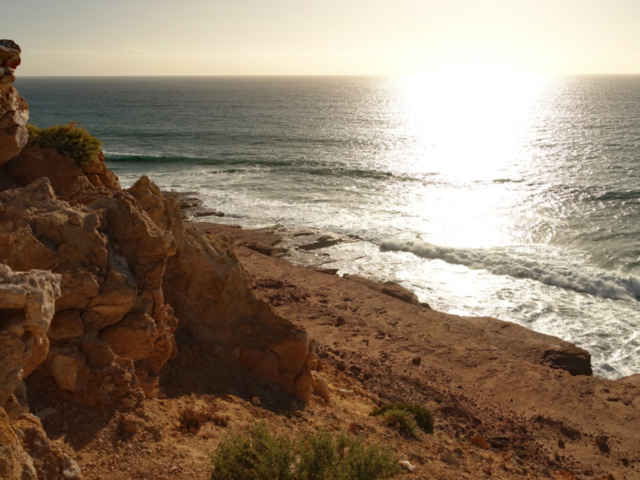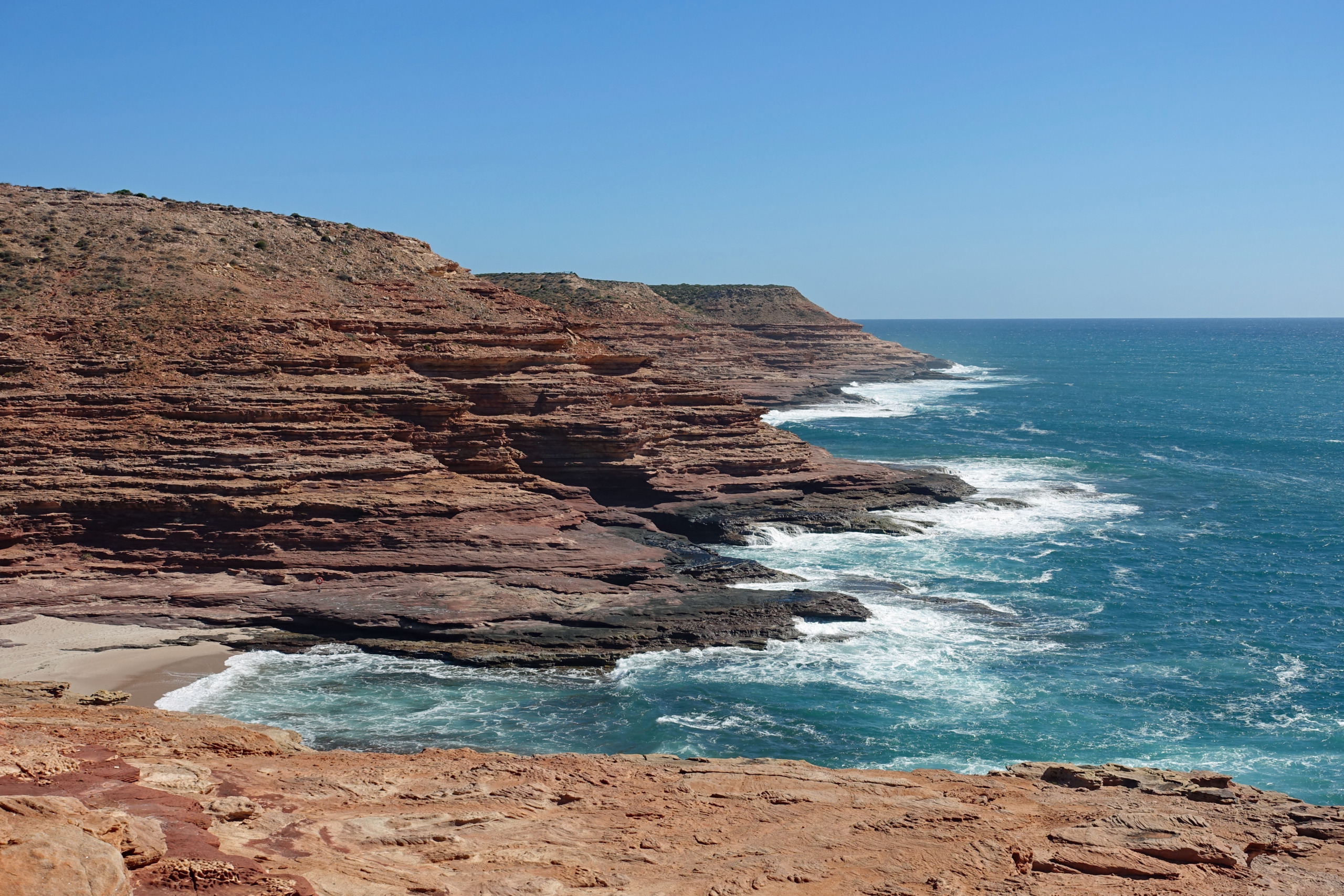
Western Australia is the largest state in Australia, covering roughly one third of the country’s total land area, but only 10% of the population lives here. Western Australia’s population is about 2.9 million, with over 80% of those residents concentrated in Perth and another 10% in the southwest corner. That leaves the other 10% spread out over 95% of the state, that’s a lot of land and not many people!!
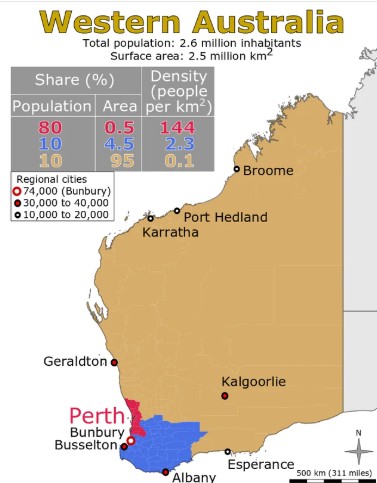
Leaving Bangkok we flew 6 hours south to Perth, this is our first time on the west coast of Australia. This territory is definitely less populated and has the most wonderful beaches and ocean views. We landed in Perth late afternoon and have been advised in the past not to drive at dawn and dusk because that is when the kangaroos tend to be out on the highways, so we overnighted at a hotel near the airport, picking up our rental car the next morning.
Our first destination was Jurien Bay, roughly 2.5 hours drive north of Perth, where we stayed for 4 nights. Jurien Bay is a beautiful coastal town known for its turquoise waters, white sand beaches, fishing and relaxed lifestyle. The population is around 2,500 but increases substantially during the holiday periods. The jetty is a perfect vantage point for views up and down the beach.
We rented a gorgeous little studio apartment on the southern edge of town, a short walk from the beach and with e-bikes provided by our hosts. We did a couple of morning rides along the Turquoise Way bike path which was at the end of our street. This paved pathway is 13.5km long running from the boat harbor just north of Jurien Bay, south to the Hill River, with many places to stop, have a picnic or walk to the beach. The views everywhere along this trail are simply stunning and the desert flowers are beginning to bloom.
Half an hour south of Jurien Bay is the Pinnacles Desert, one of Western Australia’s most iconic natural wonders. The landscape is famous for the thousands of limestone spires rising from golden sand, some up to 4 meters tall. They were formed 25,000-30,000 years ago when seashells and sediments were compacted and transformed into limestone. Wind and rain erosion gradually exposed the harder limestone columns, creating the unusual formations seen today. Pinnacles Desert is inside Nambung National Park and there is a 4 km loop driving track with lots of parking areas to stop for photos and wander around the desert. The cost for a day pass to the park is 17 AUD (USD $11) per car.
Also in Nambung National Park, and not far from Pinnacles Desert, is Hangover Bay, a scenic beach popular for swimming and snorkelling. This time of year though, the prevailing winds are blowing all the seaweed ashore so it’s not all that pretty right now, but we did enjoy a lovely walk along the beach finding a couple of spots that were seaweed free to dip our toes into the Indian Ocean.
While we were near the town of Cervantes we stopped in at the Lobster Shack for lunch. Our hosts recommended we have a meal here, it’s one of the most popular places around. Bus loads of tour groups were there but the place is huge and can accommodate roughly 500 guests! We gave the lobster tacos a try and then went for the bucket of prawns, everything was delicious 😋 and the ocean views were gorgeous. The Lobster Shack is not only a restaurant, but a major lobster fishing company so you can buy a lobster to take home. We were surprised at the prices for lobster so we did not bother. At the restaurant it was 65 AUD for a small and 100 AUD for a medium lobster, in the retail shop they started at 34 AUD, which is much more reasonable but she did not have any fresh ones left.
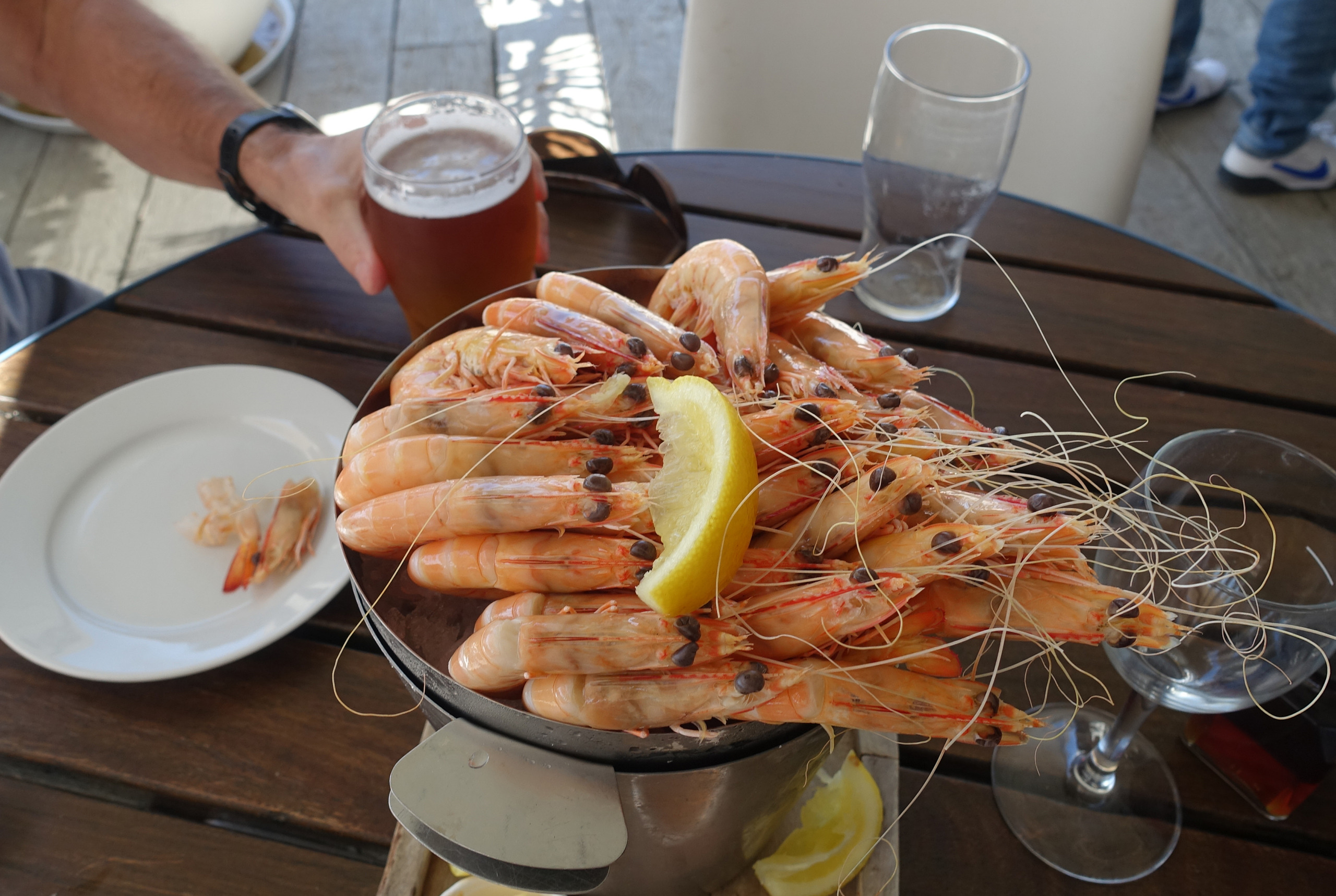
Our next destination after Jurien Bay was the town of Kalbarri, 4 hours north. Roughly 60 km before we reached Kalbarri we stopped for a look at Hutt Lagoon (Pink Lake). The pink hues of the lagoon come from a salt-tolerant mico-algae which produces carotenoids under high-salinity and strong sunlight conditions. The color on any given day depends on many factors-amount of sunlight, cloud cover, season, water levels, salinity and the angle of view. The lagoon covers roughly 70 square kilometers and because it is a few meters below sea level its fed by seepage of seawater plus some groundwater. The first day we visited the sun was high so the lake was a vibrant pink color. We also stopped by on our way back down south a week later but this time it was 8 am and the colors did not pop quite as much as they did mid-day. (photo on left was taken midday and on the right at 8am)
Kalbarri is a small resort town with a population of around 2,000, and a popular holiday destination. The town sits where the Murchison river meets the Indian Ocean, is surrounded by red sandstone gorges and ocean cliffs, offering a blend of rugged outback scenery and pristine beaches. Once again we rented a gorgeous little suite, just one block from the riverfront where every morning there is a daily pelican feeding. This is one of the town’s long-standing traditions, run by local volunteers who arrive with small buckets of fish and chat to visitors while feeding the pelicans. The pelicans have been coming to this spot for years, in fact one of the people there the day we attended said she was there 35 years ago as a child. It was a great way to get up close to Australian pelicans while learning a bit about these impressive birds and their behaviour, feeding and conservation. In case you were wondering, the pelicans are only fed a small amount so they do not become dependant on this food supply.
Just south of Kalbarri are beautiful sandstone cliffs with many viewpoints and beaches along the way. We began at The Natural Bridge, the furthest south, and worked our way towards town stopping at Island Rock, Grandstand and Eagle Gorge. Each one with breathtaking views of the coastline and Indian Ocean.
When we visited the Tourist Office in town they recommended visiting Kalbarri National Park very early in the morning if possible to avoid the crowds and the heat, it gets really hot there! So we did just that, leaving the house at 6am for the 30 min drive to the park, driving cautiously in case the kangaroos were out, but we did not see any. Our first stop was Nature’s Window, a natural rock arch carved into the layered sandstone of the Murchison River gorge, and one of the iconic photo spots in the park. It kind of reminded us a little bit of Utah and the stunning rock formations there. The walk from the car park to the window is an easy 1 km return trip. There is a 9 km loop beginning just below Nature’s Window, however the signs warn not to start later than 7 am because there is no shade and the desert heat can kill. Day pass tickets to the National Park cost 17 AUD (USD $11.35) per car.
From Nature’s Window it was a short drive to the Kalbarri Skywalk, two cantilevered viewing platforms overlooking the Murchison River gorge. One projects 25 meters out from the cliff, the other 17 meters, both sitting more than 100 meters above the gorge floor. Can you see the fly net over my head? The flies here are incessant, in your eyes, ears and nose, and after abandoning a hike earlier in the week because of the flies I bought one right away, it’s come in very handy. My Aussie friend warned me about the flies!!
Our final stop in the National Park was Z Bend, a section of the Murchison River where the river makes a sharp zig zag through ancient sandstone. Its a 1.2 km return walk to the lookout, mostly downhill with a few sets of steps. Behond the lookout there is a trail descending to the valley floor, it’s steep with ladders and large boulders to climb over according to the map description.

Our host recommended a sunset cruise along the cliffs, which we thought was a great idea. The cruise left at 5:15 pm and we had some great views of the coastline and a fabulous sunset, we also saw a couple of dolphins in the river just as the cruise was starting. The cruise is BYO so were able to take a couple of adult beverages along for the evening. We booked the 90 minute cruise with Reefwalker Ocean Discovery at a cost of 50 AUD (USD $33.35) each.
Just above Kalbarri is the Meanarra Hill lookout but the day we drove up was cloudy so we did not get the most impressive views, but they were still worth the short drive up for views over the town and Indian Ocean.

On our final day we popped up to Red Bluff lookout for one last look around. It was just before sunset and after an overcast day the sun came out rewarding us with gorgeous blue skies.
We have thoroughly enjoyed the two small towns we visited and our time exploring a small area north of Perth. We regret not planning to continue further up the coast, but it’s a really long drive so I think we may plan that road trip for another time. Next up, Fremantle and Perth…..
